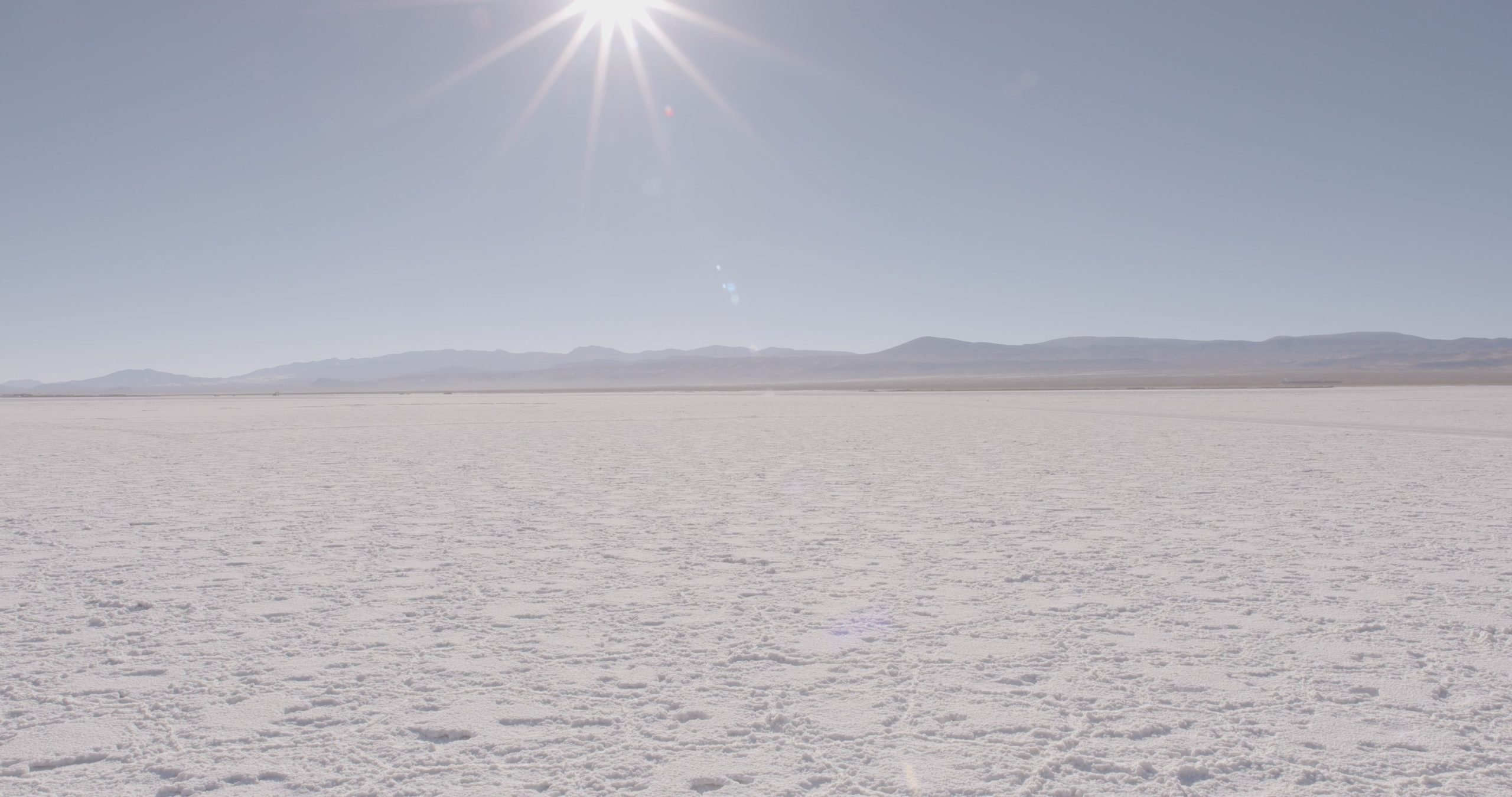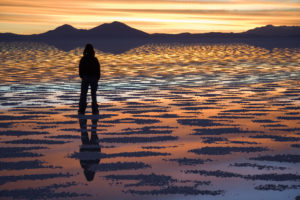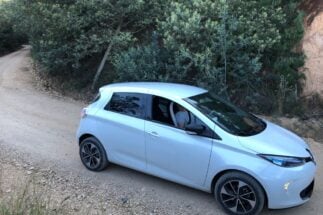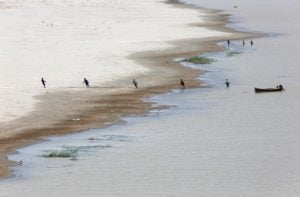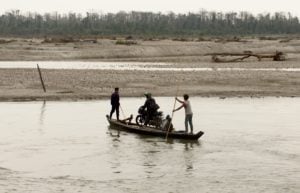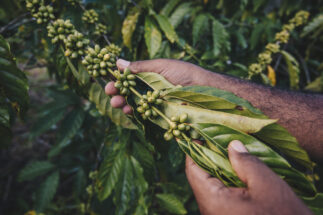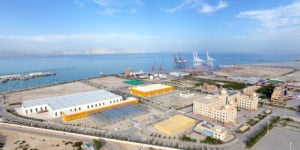Clemente Flores lives in the El Moreno community in Salinas Grandes, Jujuy, Argentina, where indigenous communities are trying to prevent mining companies from extracting lithium. The amount of water needed to obtain the mineral, used to power electric car and phone batteries, would radically alter their way of life, Clemente argues.
In the name of lithium, a new documentary directed by Cristian Cartier and Martín Longo, tells the story of a conflict generated by lithium extraction. The film, which took more than five years to make, is available online for free until 9 August and is then scheduled for release in cinemas across Argentina.
“We are not saying no to lithium. What worries us is water management. We see what is happening in other provinces of the country where the mineral is already being extracted and they use thousands of litres of water. If they set up here, we won’t have water for us, for our livestock and for the wild animals,” says Clemente from El Moreno.
The lithium rush in Argentina
The province of Jujuy is the centre of Argentina’s lithium conflict, storing 36% of the country’s total. There, Sales de Jujuy, a company formed by the Japanese Toyota, t Canada’s Orocobre and provincial company JEMSE, operate the only mine, in operation in the locality of Olaroz.
At the same time, Canadian mining company Lithium Americas, together with Chinese-owned Ganfeng and JEMSE, are building a second mine with a production capacity of 25,000 tonnes, which is expected to start operations at the end of the year. here’s also interest in developing projects in Salinas Grandes, where Clemente lives.
Argentina, Bolivia and Chile are located in the “lithium triangle”, a geographical area recognised globally for its vast lithium resources. It is estimated to hold 47 million tonnes, about 65% of the world’s total, according to the US Geological Survey.
Lithium-ion batteries are used in phones, laptops, tablets, digital cameras and many other devices. But the booming interest in lithium has been driven largely by electric vehicles and renewable energy, which rely on batteries for energy storage and charging.
“The energy transition away from fossil fuels is necessary but we also need to reflect on certain practices that harm the environment and social and cultural diversity. It’s not just a matter of exchanging one thing for another,” says Cartier.
In Salinas Grandes there is an implicit agreement. They know that if the mining companies enter, everyone will be equally affected by the use of water.
Lithium is obtained by a process of evaporation, which requires two million litres of water for each tonne of ore extracted. Some of the water is salty, so cannot be used for human consumption. By using so much water, groundwater aquifers could be affected.
The lack of water affects communities that reside near projects and depend on it for daily activities such as agriculture. Some areas where projects have already been approved in the provinces of Jujuy and Catamarca have been identified as critical for biodiversity.
“The documentary questions the prevailing view of lithium, generally presented as the great saviour in the face of the climate crisis, and instead shows the social and environmental problems linked to its extraction,” says Pia Marchegiani, director of Environmental Policy at the Fundación Ambiente y Recursos Naturales (FARN) in Argentina, which provided research support for the film.
Communities and lithium
More than 30 indigenous communities live in the Salinas Grandes area, the focus of the documentary. Among them are the communities of Santuario Tres Pozos, Aguas Blancas and El Moreno. Most of them do not have land titles, but indigenous law recognises the ancestral and public occupation of the territory.
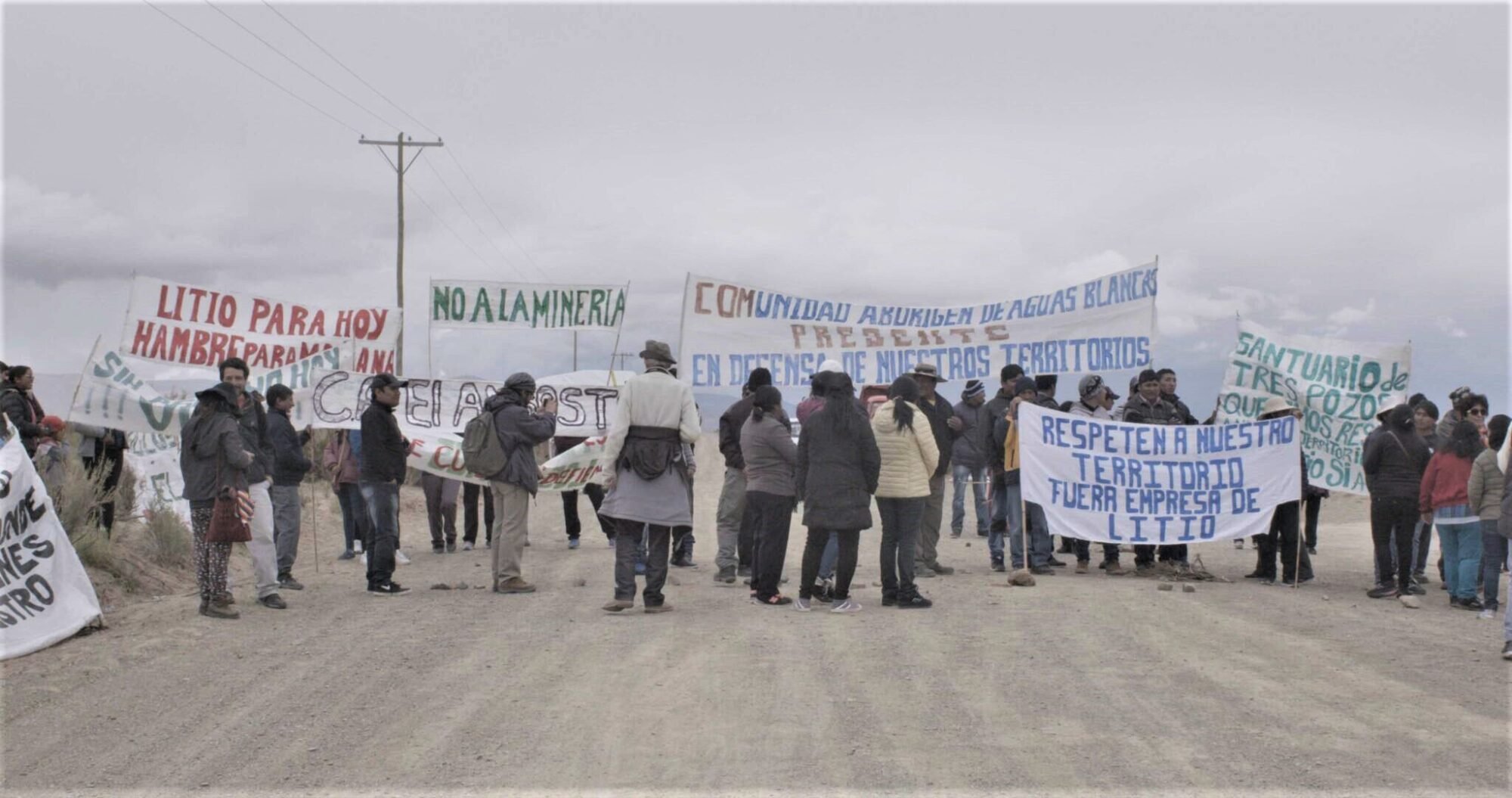
In 2010, the communities filed a collective injunction against the states of Jujuy and Salta and against Argentina to guarantee their rights to express consent to lithium exploitation. This lawsuit is currently before the Inter-American Court of Human Rights.
Argentina adopted ILO Convention 169 in 1992, which requires governments to conduct free, prior and informed consultations before adopting any decision that may in any way affect indigenous peoples. In 1994, Argentina’s constitutional reform recognised the ethnic and cultural pre-existence of indigenous peoples.
“In many places, the communities are divided and it is easier for mining companies to enter. But in Salinas Grandes there is an implicit agreement. They know that if the mining companies enter, everyone will be equally affected by the use of water. It is one of the few places where lithium is still not being extracted,” says Cartier.
Cartier and Longo visited the Salinas Grandes communities five times. They participated in the assemblies and observed the day-to-day life of Clemente and others. Although some situations were recreated for the film, the documentary is an accurate reflection of communities’ struggle against the settlement of mining companies in the area.
At an hour and fifteen minutes long, In the Name of Lithium records in detail how the local resistance is organised. It includes testimonies from experts, politicians and scientists, powerful images of the salt flats’ pristine white landscape and a nod to the communities’ resilience.
The filmmakers’ initially planned to premiere the documentary in a mobile cinema in the communities of the salt flats area. However, they only managed one screening at the end of 2019 before the pandemic put paid to plans. Now, they hope to resume the original plan when conditions permit.
Marchegiani, whose doctoral thesis inspired the development of the documentary, said the film highlights “the violation of rights involved in lithium extraction and the difficulties for local governments to take advantage of opportunities for dialogue. First they sought information and participation, and given the lack of response, today they seek to continue living as they have been doing”.
